Optimal Timing for Brush Pile Cleanups
Determining the optimal timing for brush pile cleanups depends on seasonal factors, vegetation growth cycles, and local regulations. Typically, late winter to early spring is ideal as it precedes the active growing season, making debris removal easier and more effective. Conducting cleanups during this period can prevent the accumulation of dead plant material that could serve as fuel for wildfires or pest habitats.
Performing brush pile cleanups in spring reduces fire risk and promotes healthy landscape growth.
Fall cleanups can help manage leaf and branch debris before winter, but may be less effective for fire prevention.
Dry, mild weather conditions facilitate safer and more efficient debris removal.
Check local guidelines for permissible cleanup periods and disposal methods.
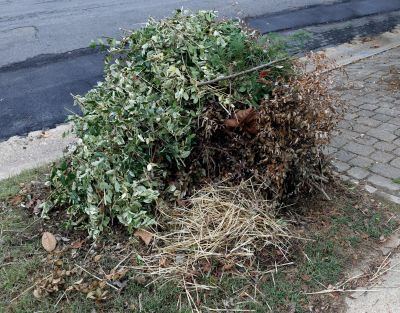
Spring is an optimal time for removing accumulated debris.
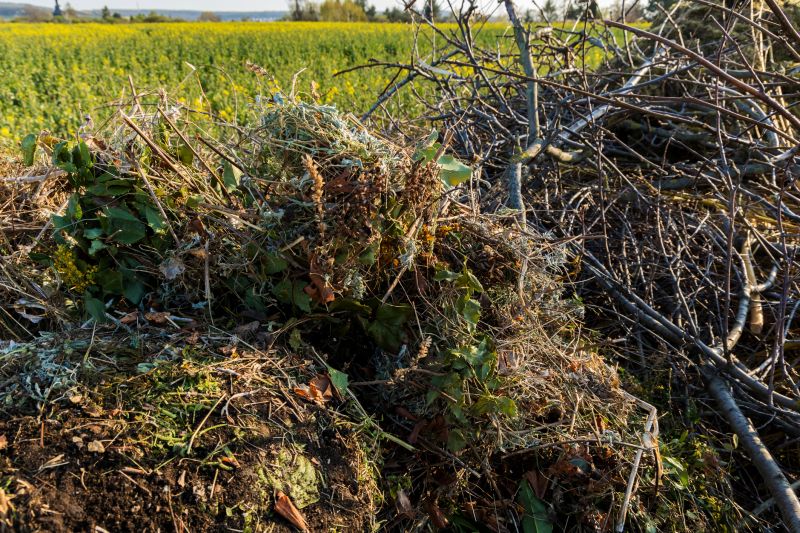
Managing brush in fall prepares landscapes for winter.

Clear debris during dry periods for safety and efficiency.

Ways to make Brush Pile Cleanups work in tight or awkward layouts.
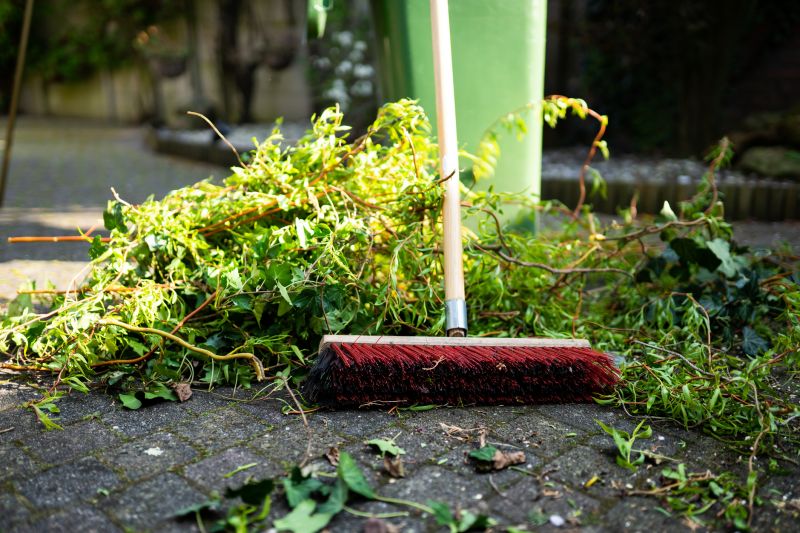
Popular materials for Brush Pile Cleanups and why they hold up over time.

Simple add-ons that improve Brush Pile Cleanups without blowing the budget.
| Season | Optimal Timing |
|---|---|
| Spring | Late winter to early spring before active growth |
| Summer | Mid to late summer if necessary, avoiding peak heat |
| Fall | Early fall to manage debris before winter |
| Winter | Limited, mainly for safety and preparation for spring |
Brush pile cleanups are essential for maintaining safe and healthy landscapes. Removing accumulated branches, leaves, and other debris reduces fire hazards, minimizes pest habitats, and promotes plant health. Regular cleanups can also improve property aesthetics and accessibility. Statistics indicate that proper debris management can decrease wildfire risk by up to 40%, depending on regional conditions.

Using appropriate tools enhances cleanup efficiency.
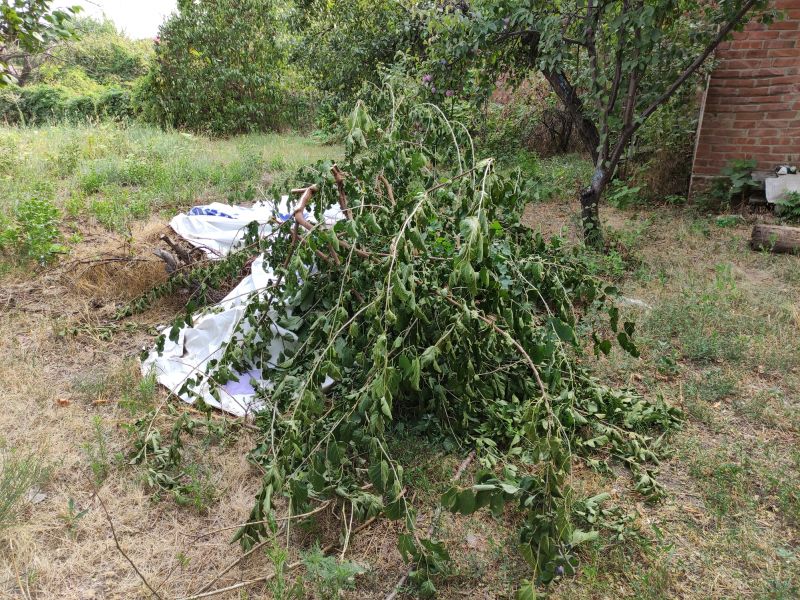
Visual evidence of effective debris removal.
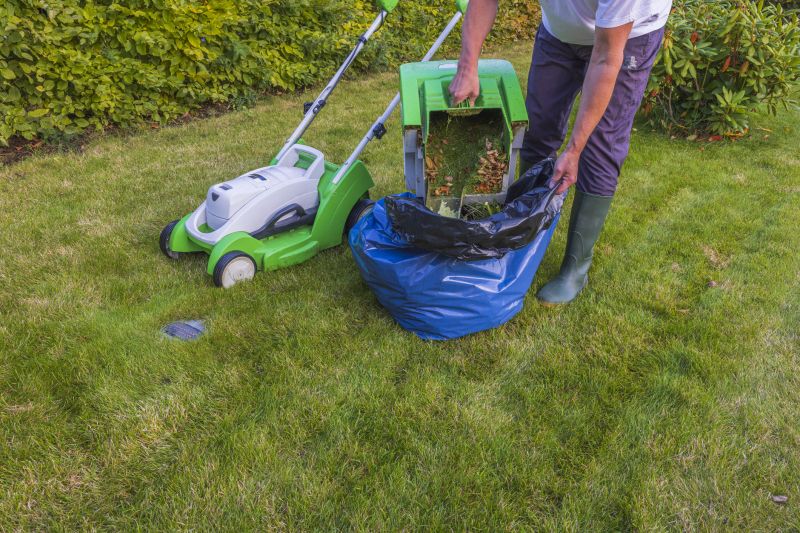
Regular cleanups support landscape health.
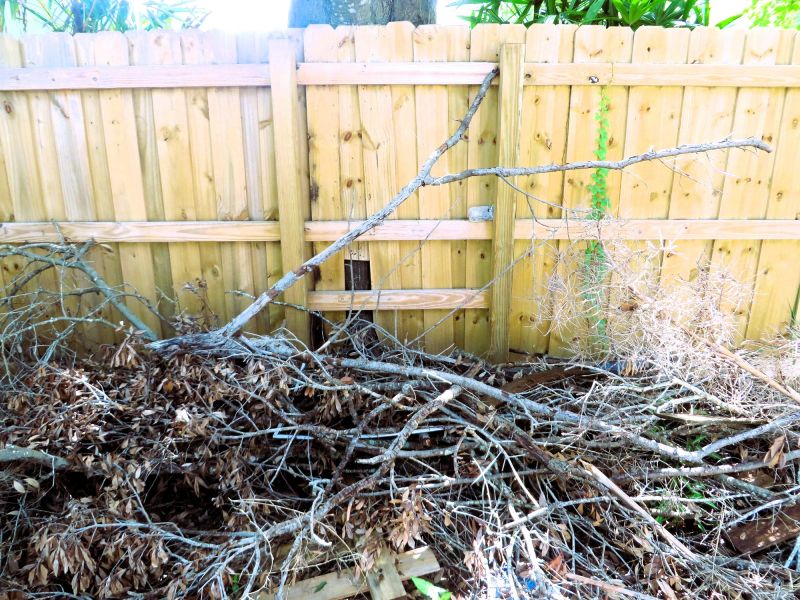
Proper debris management reduces fire risk.

High-end options that actually feel worth it for Brush Pile Cleanups.
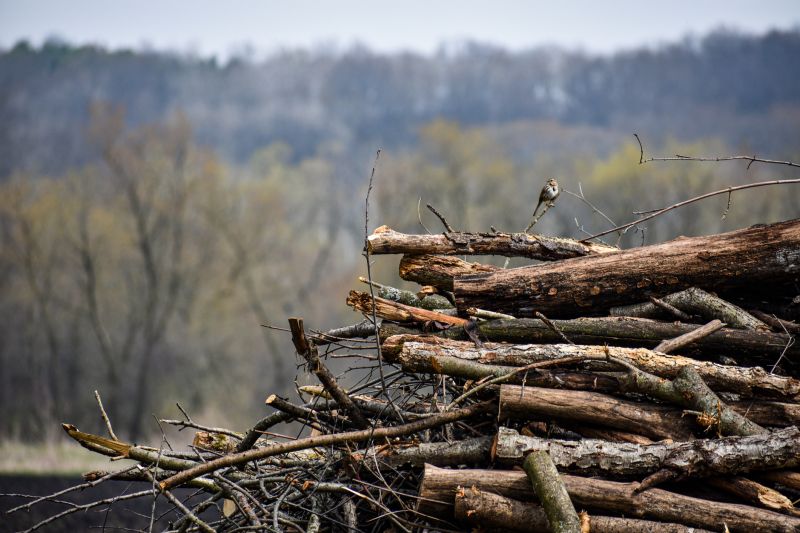
Finishes and colors that play nicely with Brush Pile Cleanups.

Little measurements that prevent headaches on Brush Pile Cleanups day.

A 60-second routine that keeps Brush Pile Cleanups looking new.
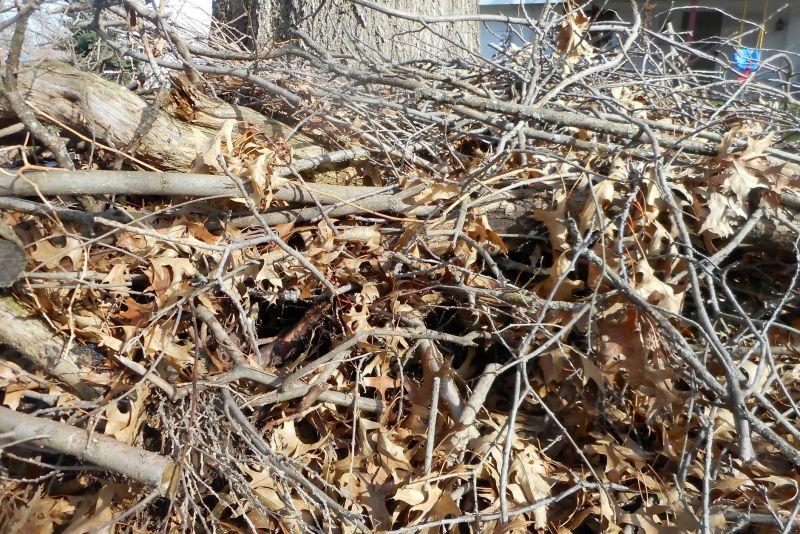
A frequent mistake in Brush Pile Cleanups and how to dodge it.
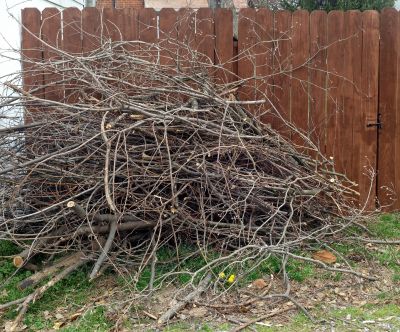
Small tweaks to make Brush Pile Cleanups safer and easier to use.
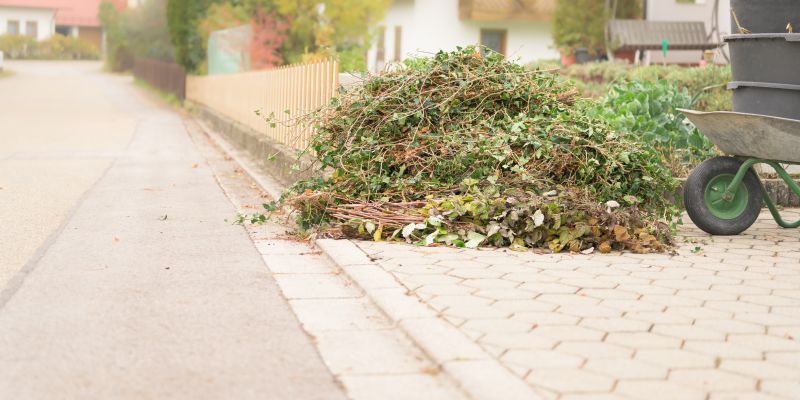
Lower-waste or water-saving choices for Brush Pile Cleanups.
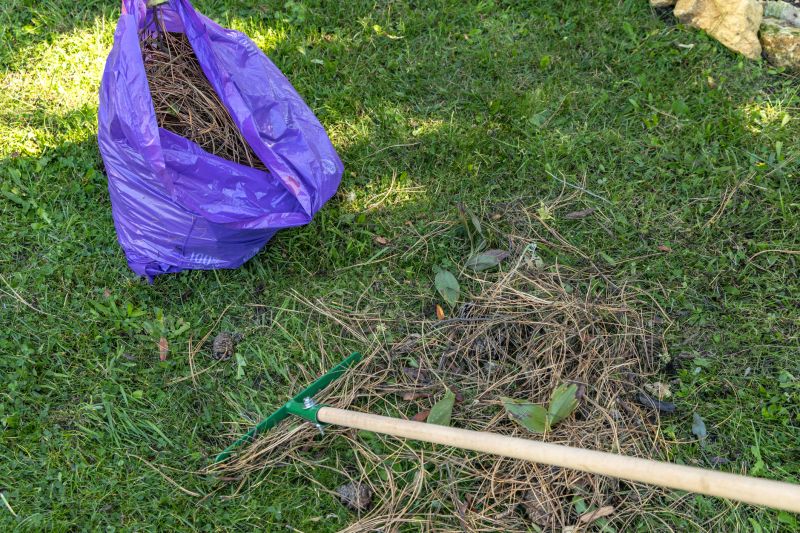
The short, realistic tool list for quality Brush Pile Cleanups.
Interested in scheduling a brush pile cleanup? Filling out the contact form can provide more information and help plan an effective debris removal service tailored to specific landscape needs.
